Introduction to Slurry Pumps Basics
Introduction to Slurry Pumps Basics The purpose of intr [...]
Introduction to Slurry Pumps Basics
The purpose of introducing the basics of slurry pumps is to provide everyone with a preliminary understanding of slurry pumps. This will facilitate future communication with clients and lay the foundation for further learning about slurry pumps.
Firstly, let’s briefly explain what a slurry pump is. A slurry pump is a pump used to transport slurry, which contains suspended particles.
1. Main Components of a Slurry Pump:
- Pump body
- Pump cover
- Impeller
- Bracket
- Volute casing
- Shaft
- Bearing box
- Bearings
- Mechanical seal
- Stuffing box seal
- Coupling
- Left and right guard plates
- Shaft sleeve
2. What are the operational requirements of a slurry pump?
- Smooth oil passage, good lubrication, and implementation of “five fixed” three-level filtration.
- Normal operation without abnormal vibration or noise.
- Stable pressure, flow rate, normal temperature in all parts, and stable current.
3. What are the requirements for the daily maintenance of a slurry pump?
- Strictly follow the operating procedures for startup, operation, and shutdown, and keep proper operation records.
- Keep the equipment clean, dry, free of oil stains, and leakage.
- Check the oil level in the bearing box within the support daily. The correct oil level should be near the oil level line and should not exceed ±2mm.
- Check the lubrication status of each lubrication point every shift.
- Regularly check for abnormal noise, vibration, and leaks in the pump, and promptly address any issues.
- Regularly check the bearing temperature. The temperature of the rolling bearing should not exceed 75°C, and the sliding bearing should not exceed 65°C.
- When the ambient temperature is low, drain the remaining liquid when stopping the pump to prevent freezing of the casing and components.
4. What should be noted during the operation of a slurry pump?
- After starting, the pump must be filled with liquid until the liquid flows out from the vent hole at the bottom of the pump casing.
- After starting, fully close the outlet valve and start with zero flow.
- Gradually adjust the outlet valve to regulate the flow rate after starting.
- Regularly check whether the bearing heats up, the lubricating oil is intact, and whether the stuffing or mechanical seal leaks or overheats during operation.
- When stopping the pump, close the outlet valve first to prevent the reverse rotation of the impeller caused by pressure difference, which may lead to nut loosening, impeller wear, and impact.

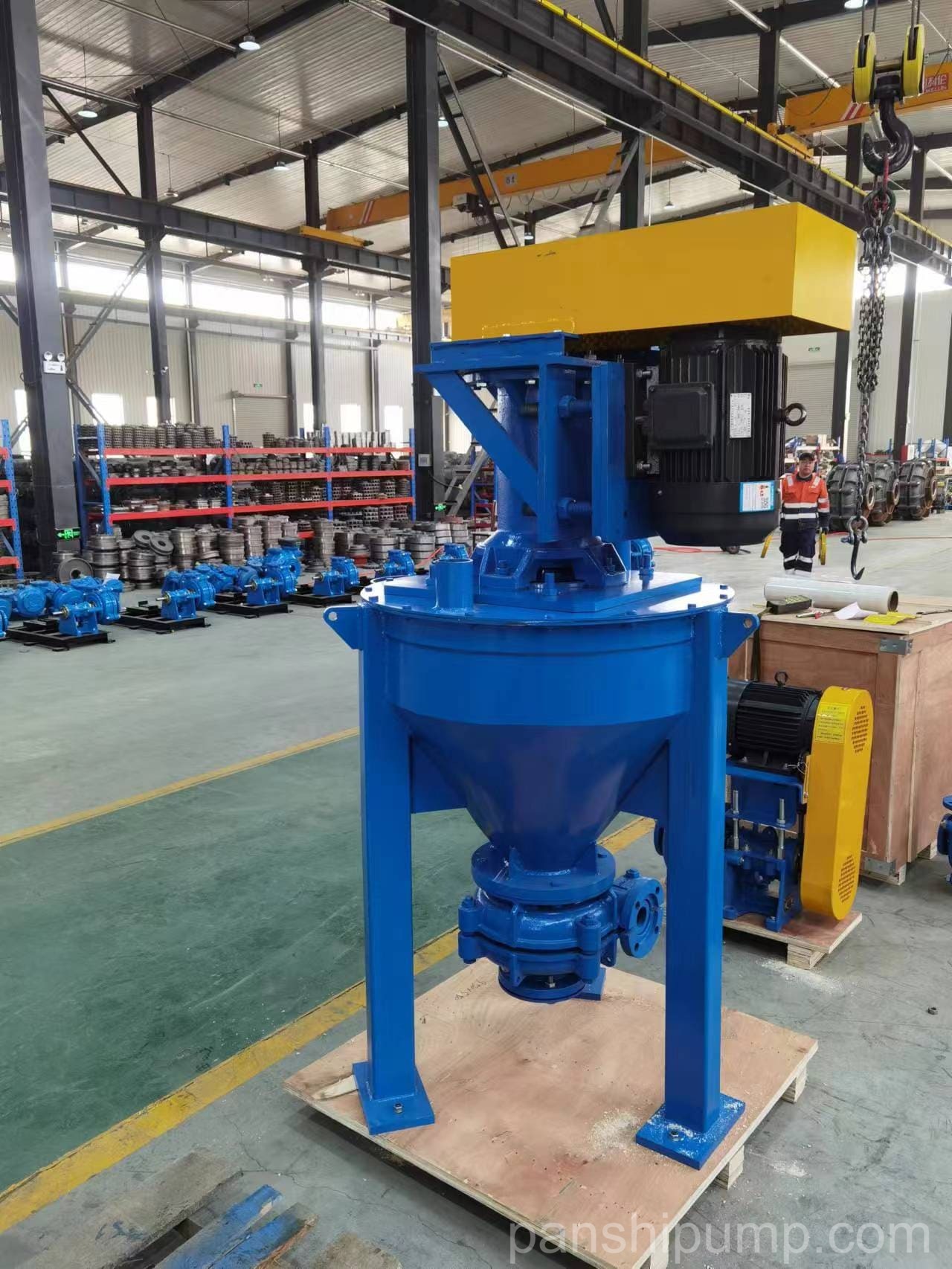
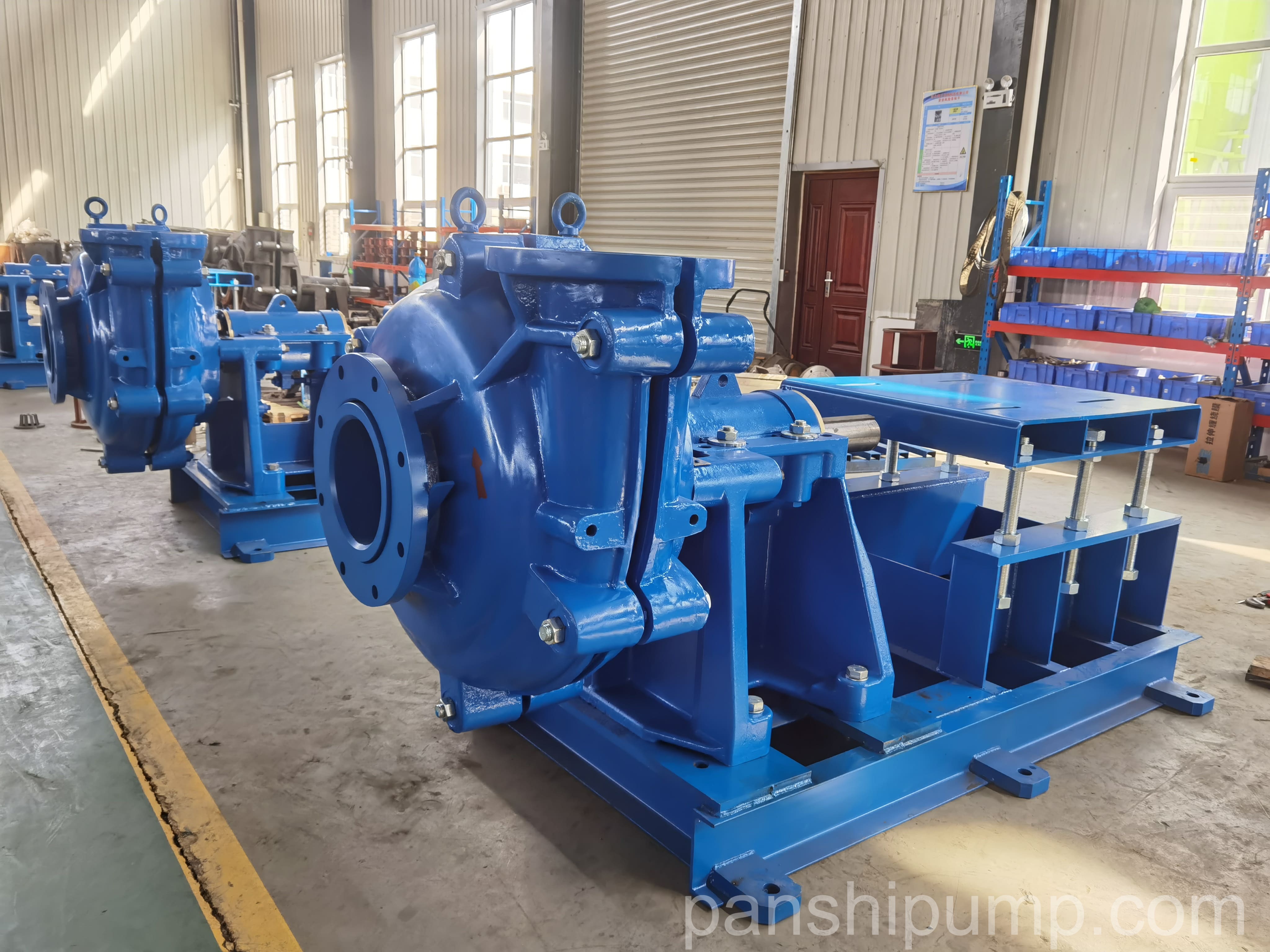
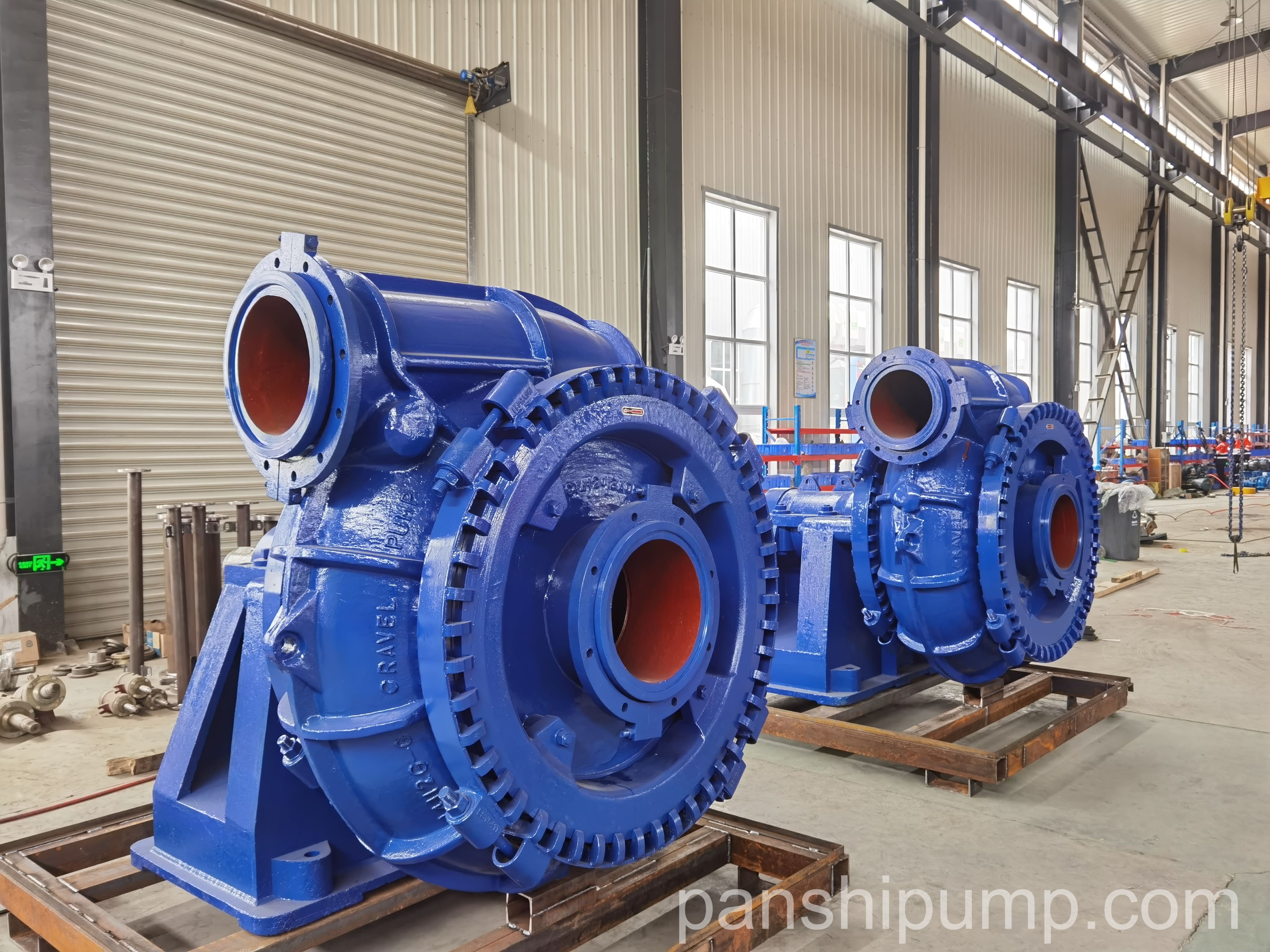
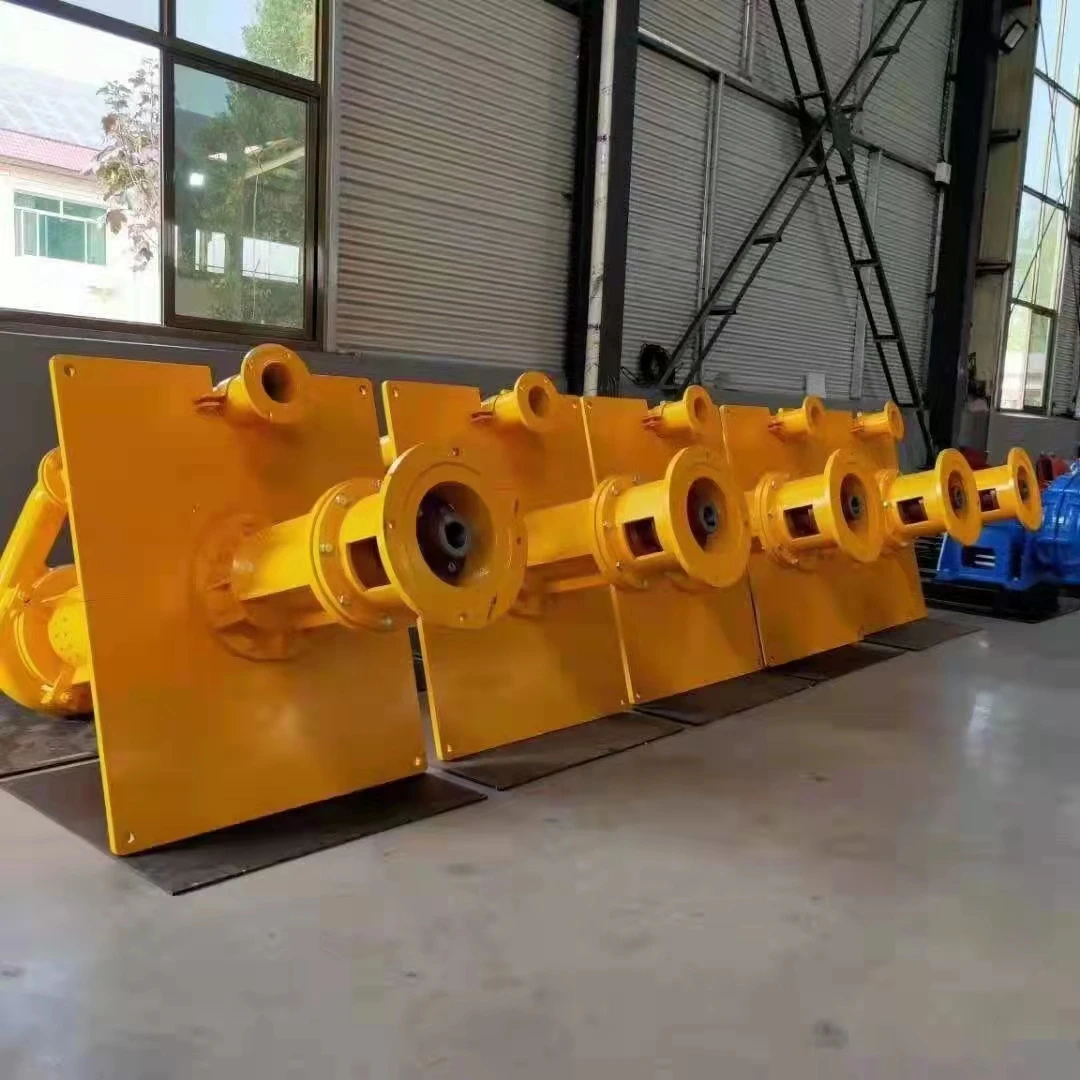
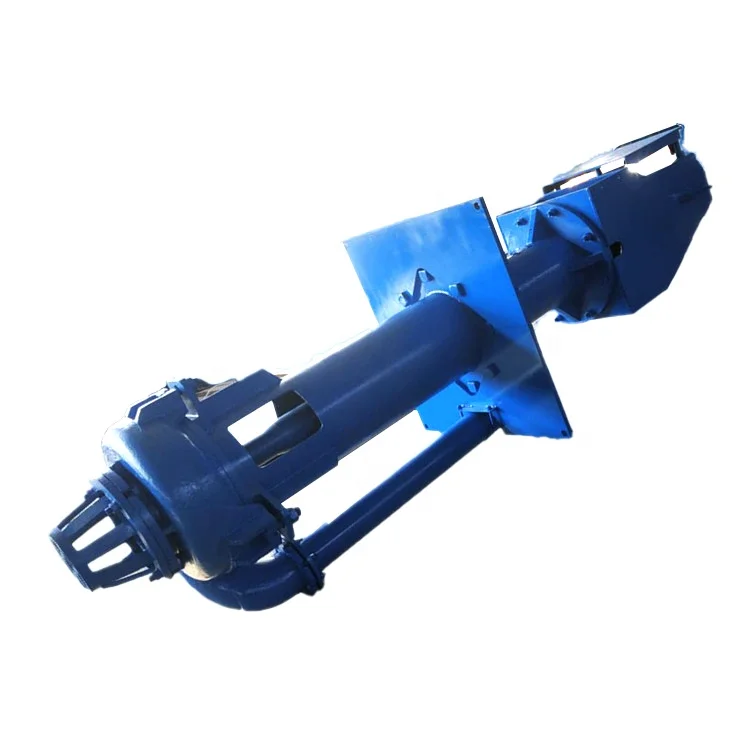
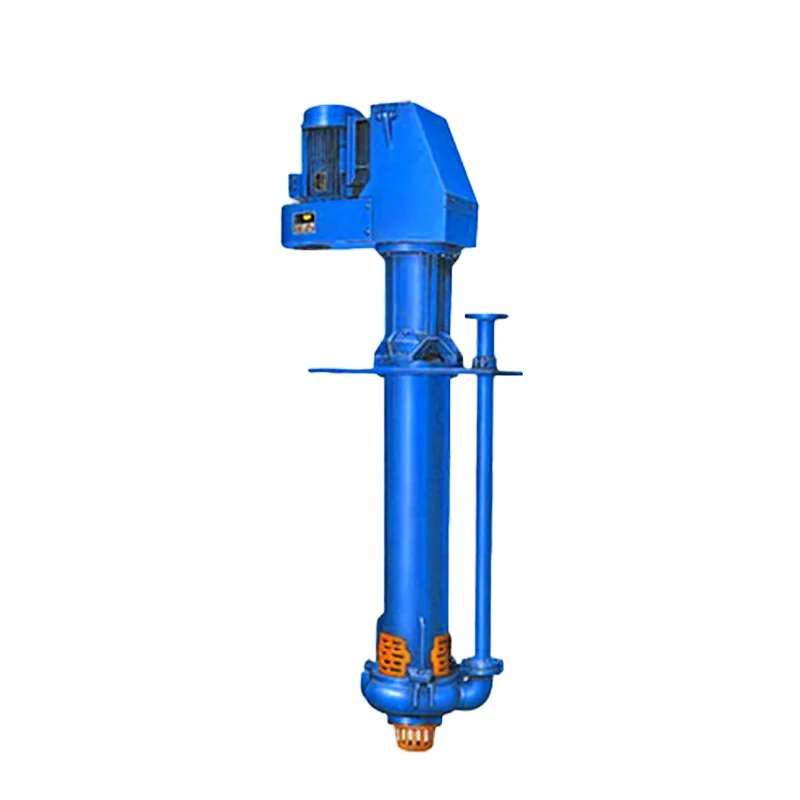
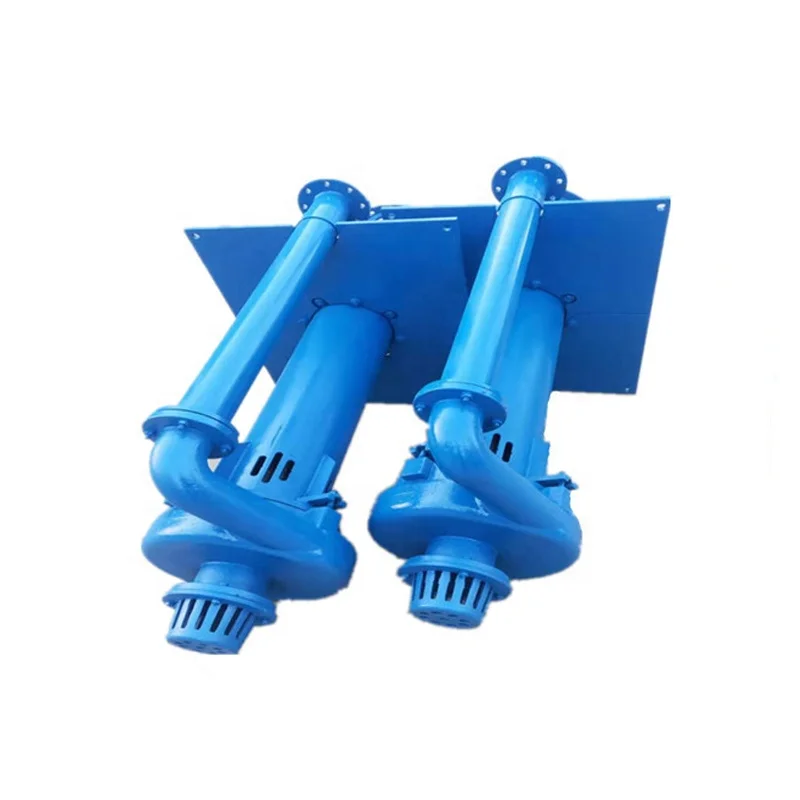




Please login to write a comment after